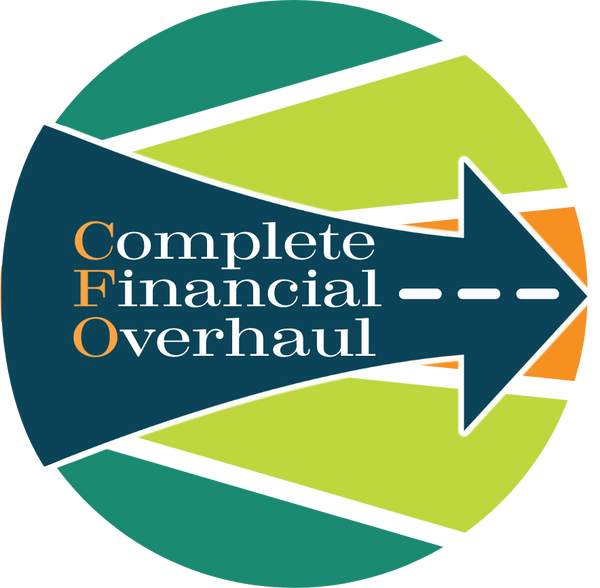Budgeting for Essentials
Share
Budgeting for Essentials: Tips for Managing Your Income
Picture your monthly income as a toolbox, essential for building and maintaining your financial house. Each tool has a specific function, just like each portion of your budget serves a distinct purpose. Managing your income wisely is akin to using the right tool for the right job, ensuring everything is constructed smoothly and maintained properly.
Upon receiving your paycheck, think of it as opening a well-stocked toolbox. The first tool you should reach for? The hammer, which in budgeting terms, is your housing costs. Whether it's rent or mortgage payments, this tool ensures the stability and structure of your financial house.
Next, grab the wrench—utilities. This tool keeps everything running smoothly, from the electricity that powers your home to the water that runs through your pipes. Just like a leaky faucet needs a wrench to stop dripping, your budget needs careful management to prevent these costs from spiraling.
Now, it's time to use the saw, representing your food budget. Just as a saw cuts wood to the right size for building, carefully managing your grocery spending shapes your budget to fit your financial framework without waste.
Transportation is like the screwdriver of your toolbox, essential for piecing different parts together. It represents car payments, gas, and public transport fees, crucial for bringing together all aspects of your daily routine.
After you've allocated funds to these essential tools, it's time to look at what's left for the less urgent tools. Savings are like the level tool—important for keeping your financial house balanced and upright. Debt repayment can be thought of as sandpaper, smoothing out the rough patches and imperfections caused by past borrowing.
Entertainment and leisure? These are the paint and decor of your financial house, not essential but certainly making life more enjoyable and vibrant. Allocate what you can to these areas, but only after the more crucial tools have been used.
To manage your financial toolbox effectively, consider using a budget-tracking app or spreadsheet. It’s like having a blueprint in front of you while you build—it guides you, helps you measure progress, and ensures you’re using your tools wisely.
Lastly, remember that building a sturdy financial house doesn’t happen overnight. It requires ongoing adjustments and maintenance. Prices will fluctuate, unexpected expenses will arise, and your income may change. Like a good carpenter, be prepared to adapt, reassess your toolbox regularly, and make sure every tool is used efficiently to maintain the integrity of your financial structure.
By thinking of your budget as a toolbox, each financial decision becomes a deliberate step in building and maintaining your economic wellbeing, ensuring you construct a life that is both functional and fulfilling.
